Python has stood the test of time as one of the most influential programming languages in the world. Its simplicity, versatility, and massive community support have made it the go-to choice for beginners and professionals alike. Even as new languages emerge, Python continues to dominate the development landscape in 2025, driving advancements in artificial intelligence, data science, automation, and web development.
Table of Contents
Simplicity and Readability
One of the main reasons Python remains popular is its clean and easy-to-read syntax. It allows developers to focus on solving problems rather than worrying about complex code structures. This simplicity makes it ideal for both newcomers learning to code and experienced engineers building large-scale applications. The emphasis on readability also reduces maintenance costs, making it a practical choice for teams.
Key characteristics of Python:
- High-level: It abstracts away complex details like memory management, making it easier to write code.
- General-purpose: It can be used for a wide range of applications, including web development, data science, machine learning, automation, software development, and more.
- Interpreted: its code is executed line by line, allowing for rapid prototyping and interactive testing.
- Dynamically typed: Variable types are determined at runtime, offering flexibility but requiring careful attention to avoid runtime errors.
- Cross-platform: its applications can run on various operating systems like Windows, macOS, and Linux.
- Large ecosystem: Python boasts a vast collection of libraries, frameworks, and tools that extend its functionality and accelerate development.
- Readability: Its clean and straightforward syntax, along with the use of indentation, makes Python code easy to understand and maintain.
Strong Ecosystem and Libraries
Python’s vast ecosystem is another key factor in its dominance. From NumPy and Pandas for data science to TensorFlow and PyTorch for machine learning, its libraries cover almost every possible domain. Frameworks like Django and Flask make web development efficient and scalable. Developers can easily integrate tools and modules, reducing the time needed to build and deploy applications.
The Powerhouse for AI and Machine Learning
Artificial intelligence and machine learning have redefined technology, and it sits at the center of this revolution. Its intuitive syntax, powerful libraries, and integration with advanced frameworks make it the preferred language for AI researchers and developers. In 2025, innovations in generative AI and deep learning continue to be powered by Python, cementing its role as the foundation of intelligent computing.
Data Science and Analytics
The explosion of data has created enormous demand for tools that can analyze, visualize, and derive insights effectively. Python’s dominance in data science stems from its compatibility with popular tools like Jupyter Notebook, Matplotlib, and Seaborn. Businesses use Python-driven analytics to make smarter decisions, optimize operations, and predict future trends. This adaptability ensures it remains the language of choice for data-driven innovation.
Cross-Platform and Open Source Advantage
Python’s open-source nature makes it accessible to everyone, from students to global enterprises. It runs seamlessly across operating systems such as Windows, macOS, and Linux, allowing developers to build and test their projects universally. Its community continuously improves the language, ensuring it stays relevant, secure, and feature-rich.
Python in Automation and DevOps
Automation has become essential in modern software development, and Python’s simplicity makes it ideal for scripting and process automation. DevOps professionals rely on it for automating workflows, managing servers, and integrating cloud-based services. In 2025, its role in infrastructure automation continues to grow, helping teams save time and reduce human error.
Education and Community Support
Python is often the first language taught in schools and universities, building a steady stream of skilled developers each year. Its active community provides tutorials, forums, and open-source projects that make learning and collaboration easier. This global network ensures that it continues to evolve with the changing needs of technology.
Conclusion
In 2025, Python’s dominance is not just a result of its past success but its ongoing adaptability. Whether in AI research, web development, automation, or data analytics, Python consistently proves its worth as a reliable, powerful, and accessible language. Its ability to evolve with emerging technologies ensures that it will remain at the heart of software innovation for years to come. Also Check AI in Software Development – Comprehensive Guide 2025
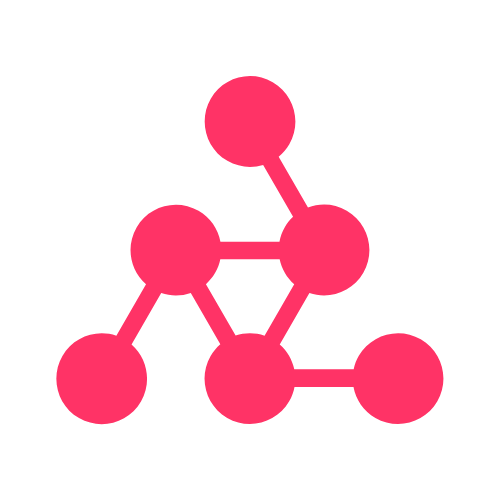
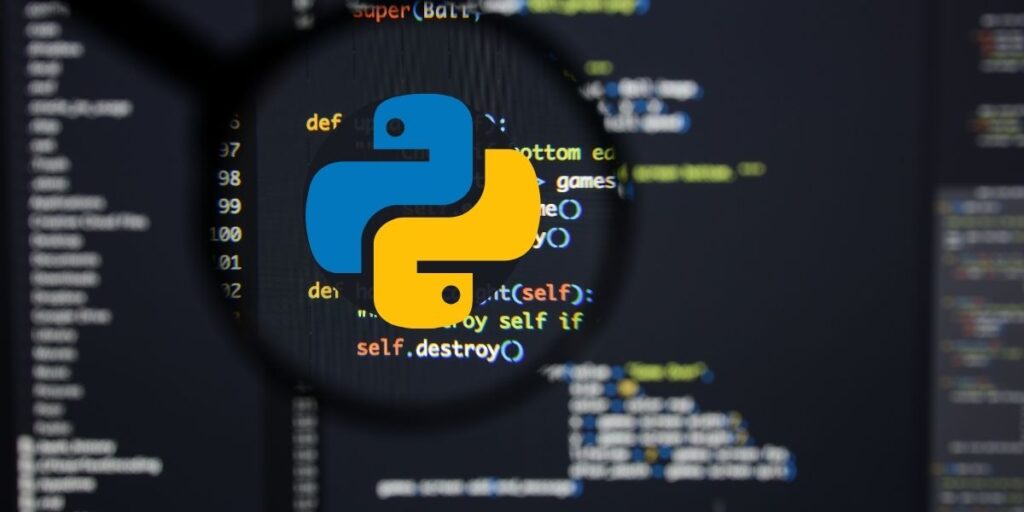
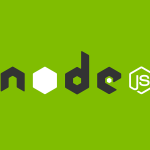


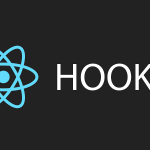
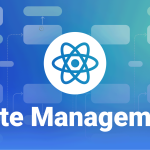
1 thought on “Why Python Continues to Dominate in 2025”